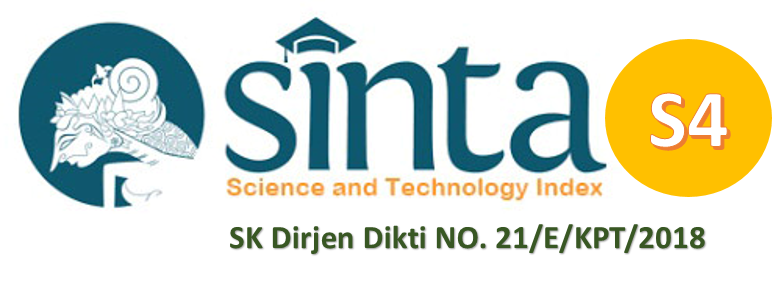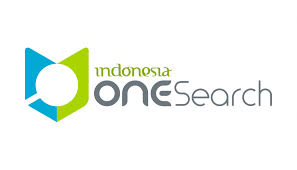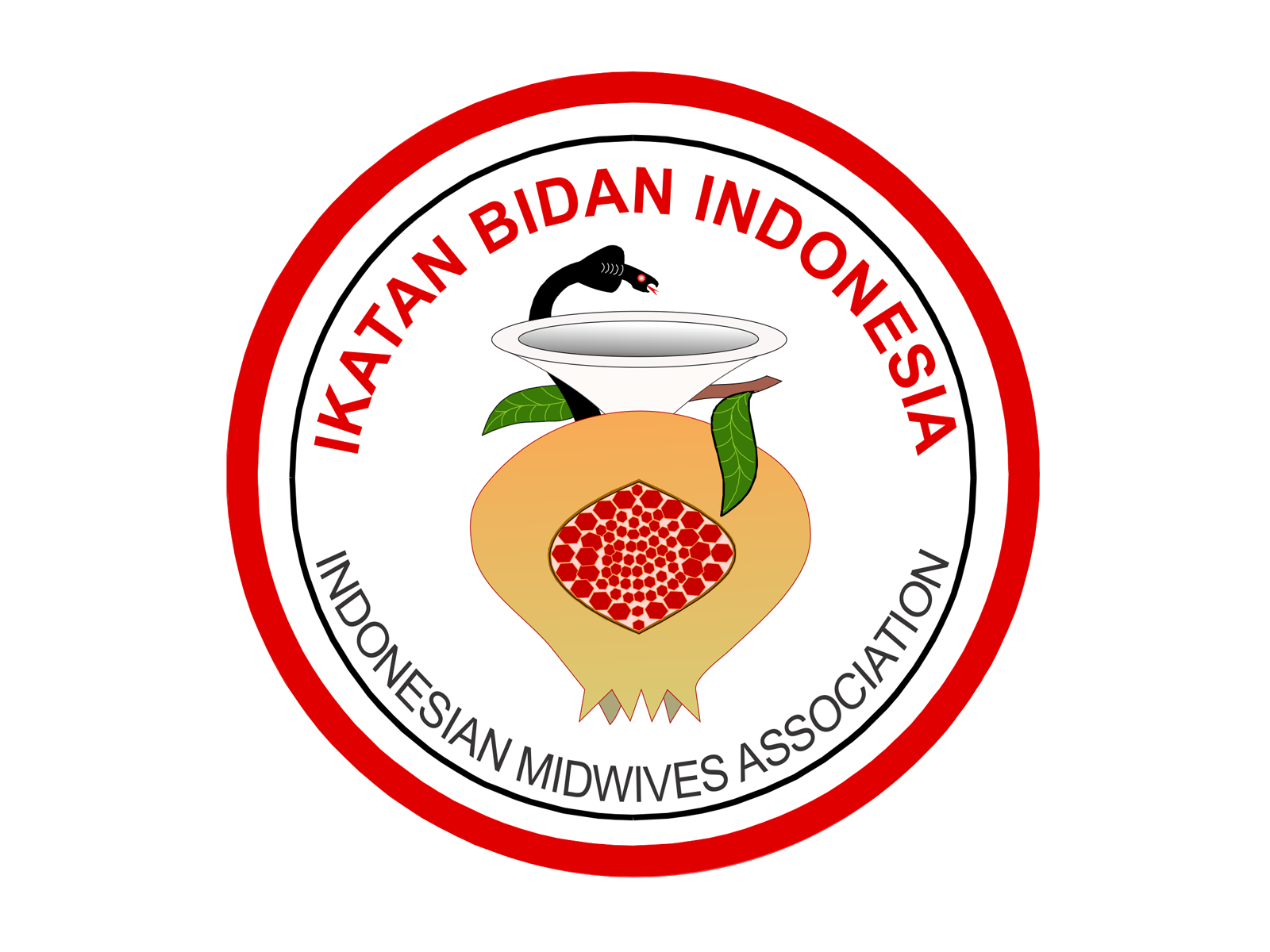EFEKTIVITAS AKUPRESUR SELAMA PERSALINAN
SEBUAH STUDI TINJAUAN PUSTAKA
Abstract
Banyak wanita mengalami nyeri selama persalinan dan melahirkan. Pemilihan metode tradisional seperti akupresur mampu mengurangi nyeri persalinan yang dilakukan di beberapa titik akupuntur. Tujuan artikel ini adalah mengkaji efektivitas akupresur yang digunakan untuk mengurangi rasa nyeri selama persalinan. Metode: Artikel ini menggunakan metode studi tinjauan pustaka dari jurnal ilmiah dengan tema akupresur pada persalinan. Jurnal yang ditelaah dalam artikel ini berasal dari The Cochrane Library 2011, Proquest dan Science Direct. Hasil: Nyeri yang terjadi selama persalinan diakibatkan kontraksi uterus, dilatasi dan penipisan serviks, serta penurunan janin selama persalinan. Hal ini mengakibatkan naiknya tekanan darah, denyut nadi, pernapasan, keringat, diameter pupil, dan ketegangan pada otot. Akupresur dapat memudahkan proses persalinan karena meningkatkan efektivitas kontraksi pada uterus. Akupresur juga membantu memproduksi hormon endorpine yang berfungsi mengurangi rasa sakit. Metode ini tidak memiliki efek samping atau kerugian pada pasien dan dapat dilakukan oleh bidan, perawat maupun suami selama persalinan. Kesimpulan: Banyak ibu memilih akupresur sebagai metode penghilang rasa nyeri selama persalinan, metode ini disebabkan karena murah, mudah dipelajari, dan cukup efektif untuk mengurangi nyeri selama persalinan namun studi lanjutan mengenai efektifitas akupresur masih perlu dilakukan untuk hasil yang lebih valid.
References
2. Akper PPNI Surakarta. Teknik Akupresur Untuk Mengatasi Nyeri Persalinan. Diakses dari http://www.akperppni.ac.id/tehnikakupressur-untuk-mengatasi-nyeri-persalinan. html (pada tanggal 25 Agustus 2014)
3. Budiarti KD. Hubungan Akupresur dengan Tingkat Nyeri dan Lama Persalinan Kala I pada Ibu Primipara di Garut. Fakultas Ilmu Keperawatan Universitas Indonesia 2011. Diakses dari http://lib.ui.ac.id/ file?file=digital/20281670T%20K.%20 Dewi%20Budiarti.pdf (pada tanggal 26 Agustus 2014)
4. The University of Queensland. References/Bibliography Vancouver style. Diakses dari https://www.library.uq.edu.au/training/citation/ vancouv.pdf. (pada tanggal 26 Agustus 2014)
5. Smith CA, Collins CT, dan Crowther CA, Levett KM. Acupuncture or Acupressure for Pain Management in Labour. Cochrane Database of Systematic Review 2011. Diakses dari http://onlinelibrary.wiley.com.ezproxy. ugm.ac.id/doi/10.1002/14651858.CD009232/ pdf (pada tanggal 23 Agustus 2014)
6. Selfridge N. Acupressure: The evidence presses on. Alternative Medicine Alert 2012. Diakses dari http://search.proquest.com/docview/1018546725?
accountid=13771 (pada tanggal 25 Agustus 2014)
7. Levett KM, Smith CA, Dahlen HG, dan Bensoussan A. Acupuncture and Acupressure for Pain Management in Labour and Birth: A Critical Narrative Review of Current Systematic Review Evidence. Complementary Therapies in Medicine 2014; 22 (523-540). Diakses dari http://dx.doi.org/10.1016/j.ctim.2014.03.011 ( pada tanggal 25 Agustus 2014)
8. Handayani R, Winarni dan Sadiyanto. Pengaruh Massage Effleurage Terhadap Pengurangan Intensitas Nyeri Persalinan Kala I Fase Aktif Pada Primipara di RSIA Bunda Arif Purwokerto Tahun 2011. Jurnal Kebidanan 2013; V (01).
Please find the rights and licenses in Jurnal Ilmiah Bidan (JIB). By submitting the article/manuscript of the article, the author(s) agree with this policy. No specific document sign-off is required.
1. License
The non-commercial use of the article will be governed by the Creative Commons Attribution license as currently displayed on Creative Commons Attribution-NonCommercial-ShareAlike 4.0 International License.
2. Author(s)' Warranties
The author warrants that the article is original, written by stated author(s), has not been published before, contains no unlawful statements, does not infringe the rights of others, is subject to copyright that is vested exclusively in the author and free of any third party rights, and that any necessary written permissions to quote from other sources have been obtained by the author(s).
3. User/Public Rights
JIB's spirit is to disseminate articles published are as free as possible. Under the Creative Commons license, JIB permits users to copy, distribute, display, and perform the work for non-commercial purposes only. Users will also need to attribute authors and JIB on distributing works in the journal and other media of publications. Unless otherwise stated, the authors are public entities as soon as their articles got published.
4. Rights of Authors
Authors retain all their rights to the published works, such as (but not limited to) the following rights;
- Copyright and other proprietary rights relating to the article, such as patent rights,
- The right to use the substance of the article in own future works, including lectures and books,
- The right to reproduce the article for own purposes,
- The right to self-archive the article (please read out deposit policy),
- The right to enter into separate, additional contractual arrangements for the non-exclusive distribution of the article's published version (e.g., post it to an institutional repository or publish it in a book), with an acknowledgment of its initial publication in this journal (Jurnal Ilmiah Bidan).
5. Co-Authorship
If the article was jointly prepared by more than one author, any authors submitting the manuscript warrants that he/she has been authorized by all co-authors to be agreed on this copyright and license notice (agreement) on their behalf, and agrees to inform his/her co-authors of the terms of this policy. JIB will not be held liable for anything that may arise due to the author(s) internal dispute. JIB will only communicate with the corresponding author.
6. Royalties
Being an open accessed journal and disseminating articles for free under the Creative Commons license term mentioned, author(s) aware that JIB entitles the author(s) to no royalties or other fees.
7. Miscellaneous
JIB will publish the article (or have it published) in the journal if the article’s editorial process is successfully completed. JIB's editors may modify the article to a style of punctuation, spelling, capitalization, referencing and usage that deems appropriate. The author acknowledges that the article may be published so that it will be publicly accessible and such access will be free of charge for the readers as mentioned in point 3.














